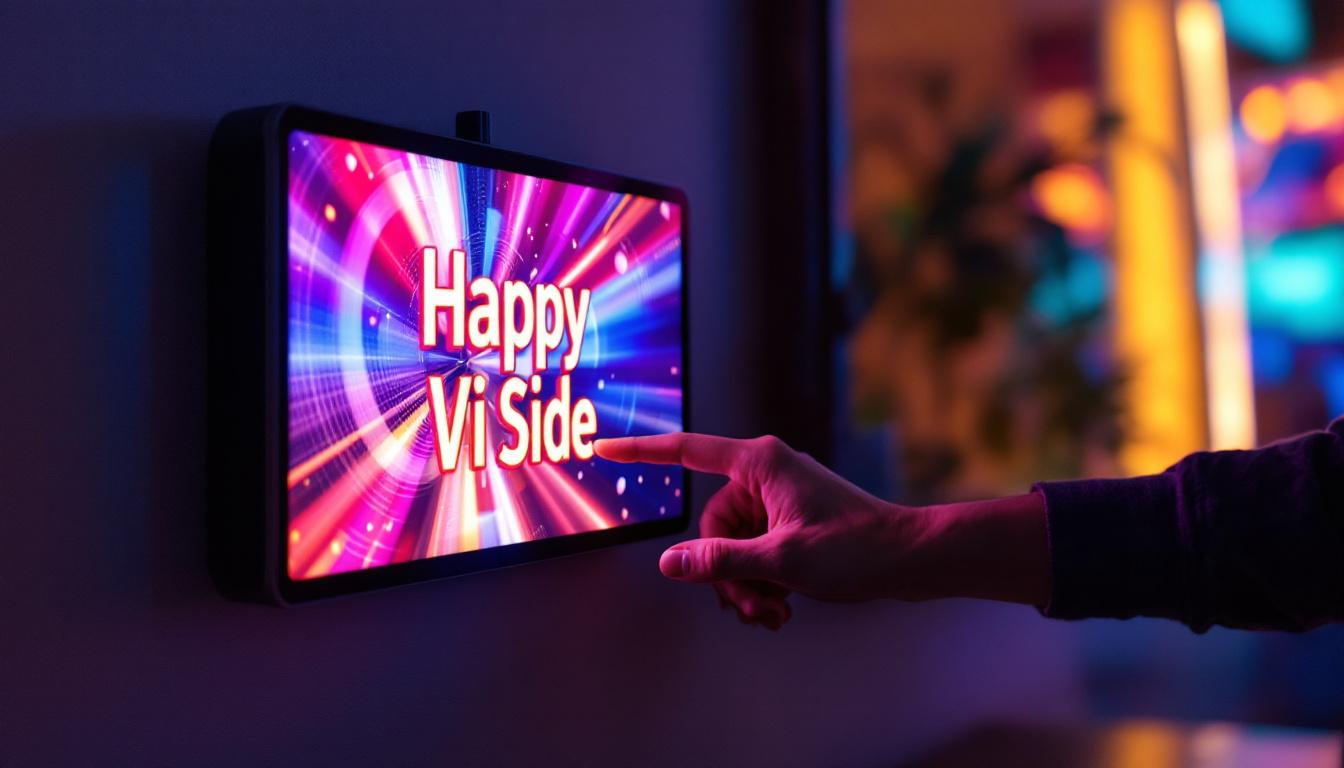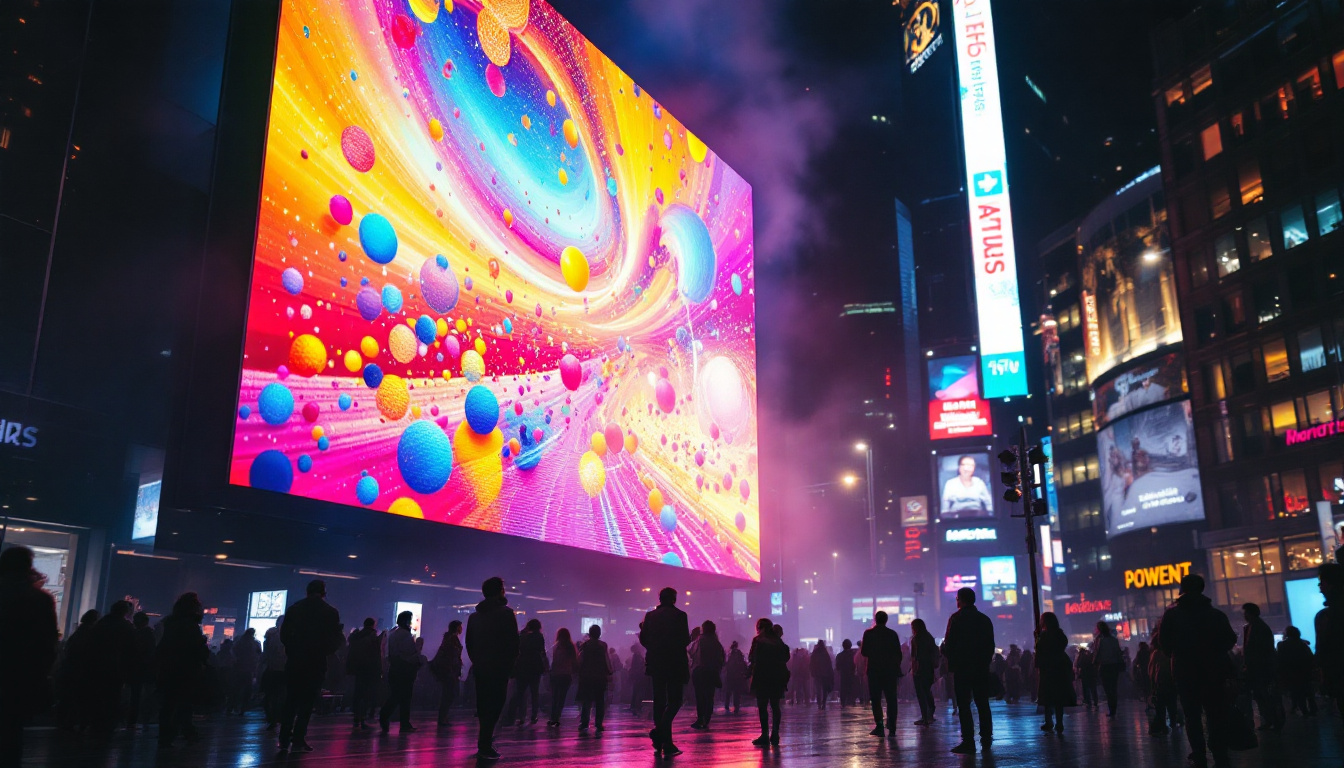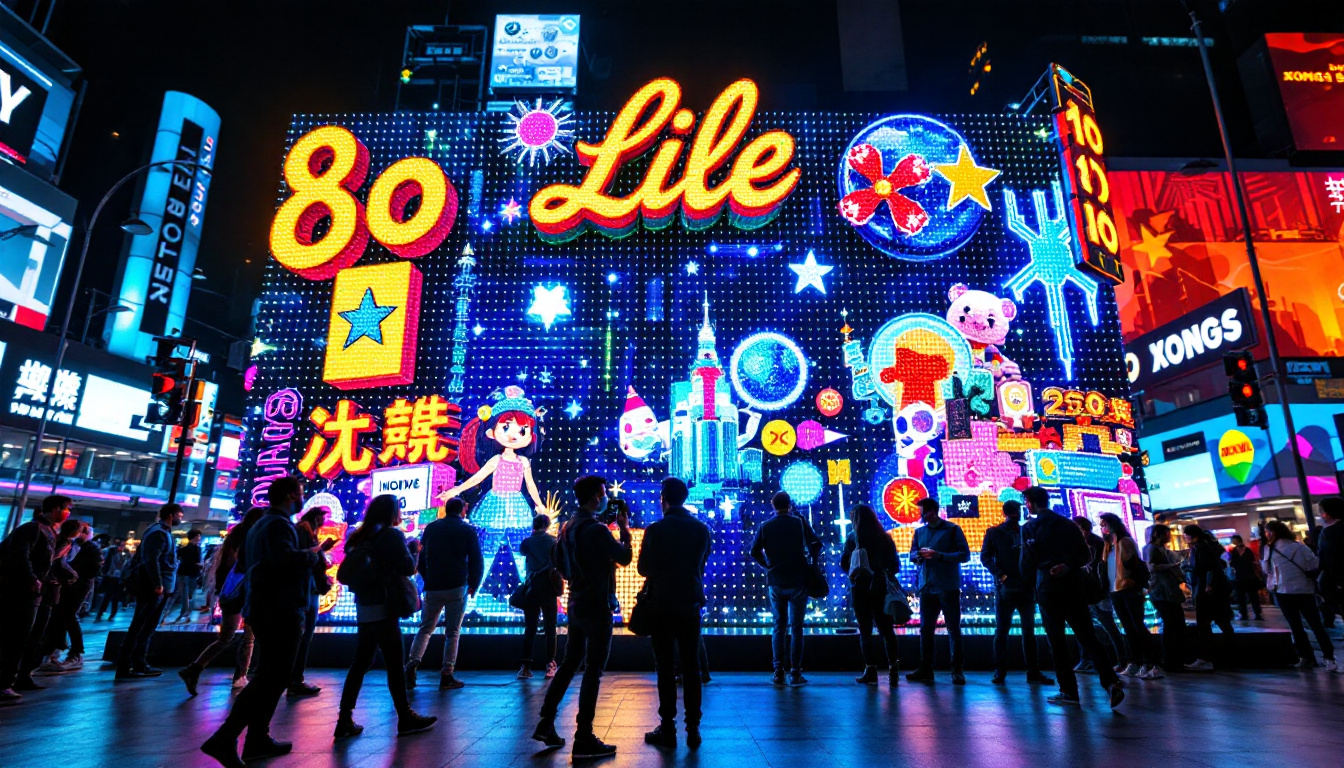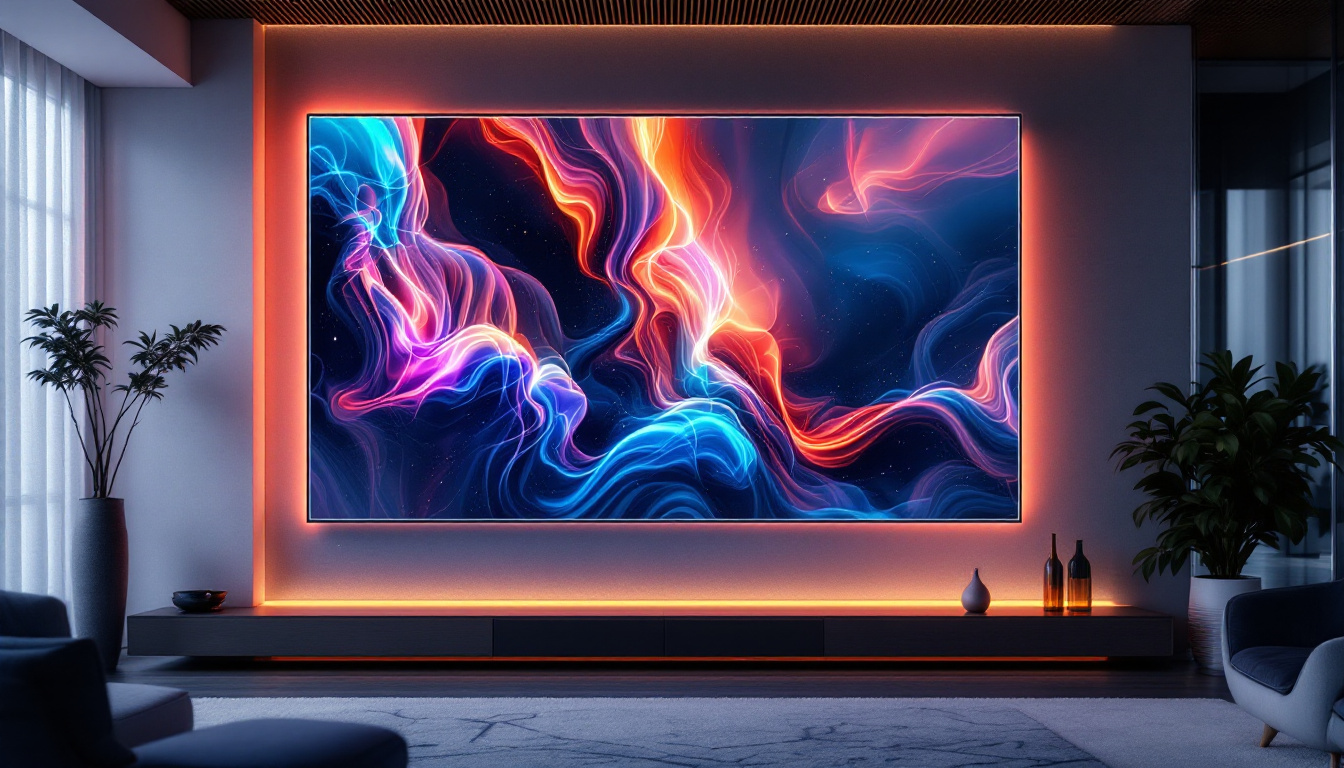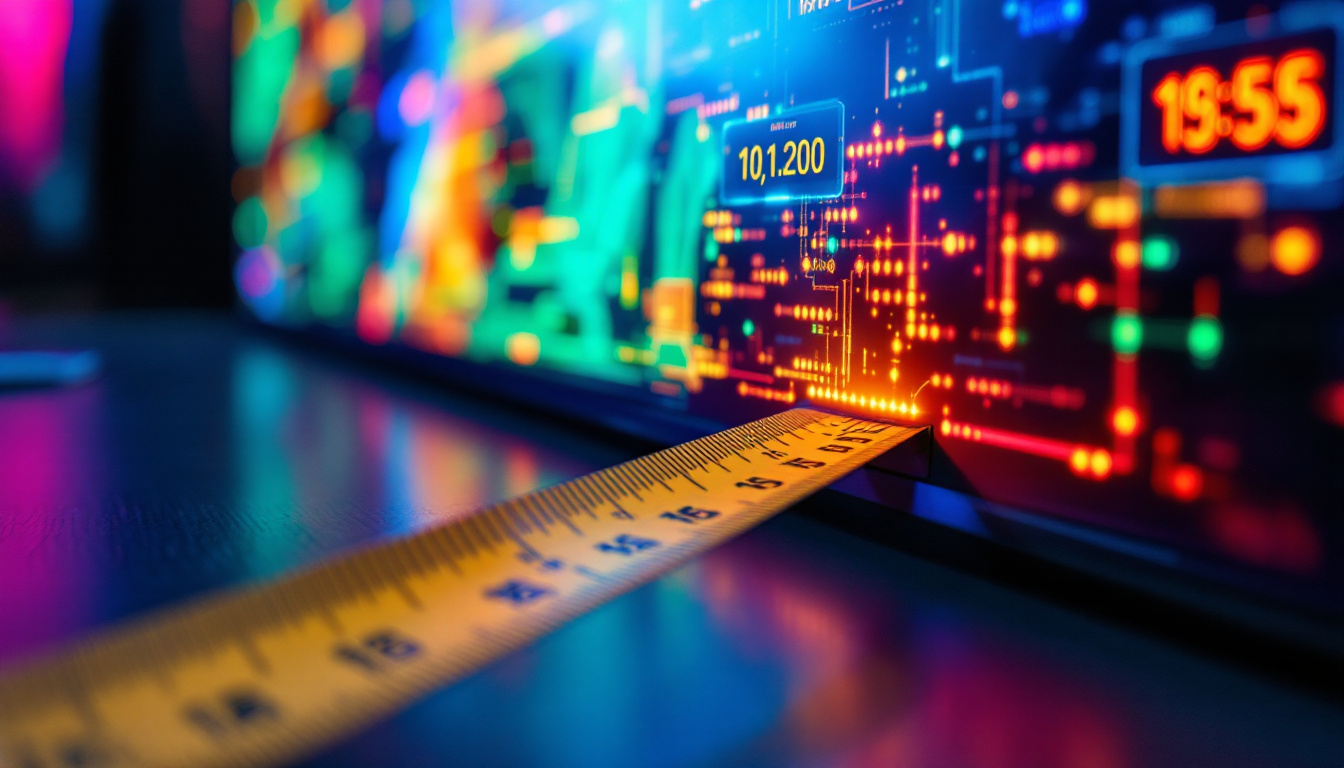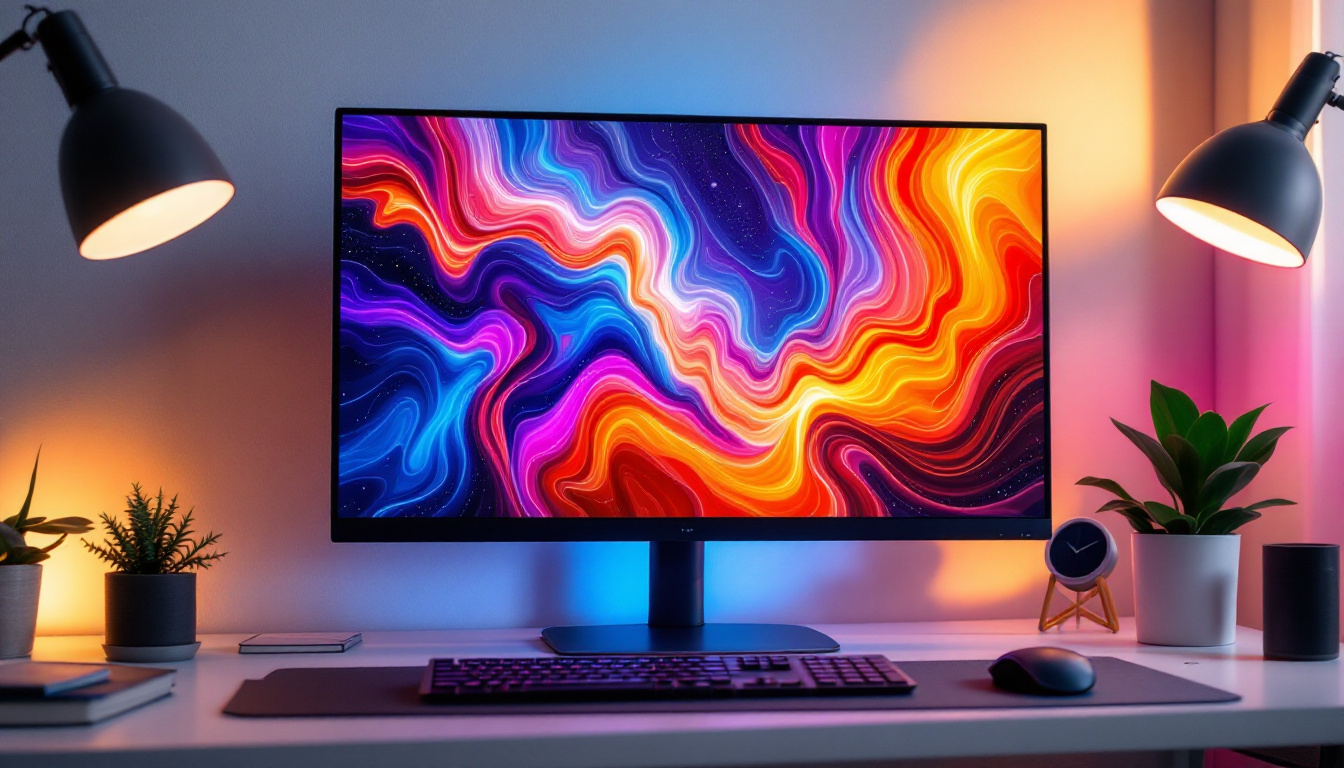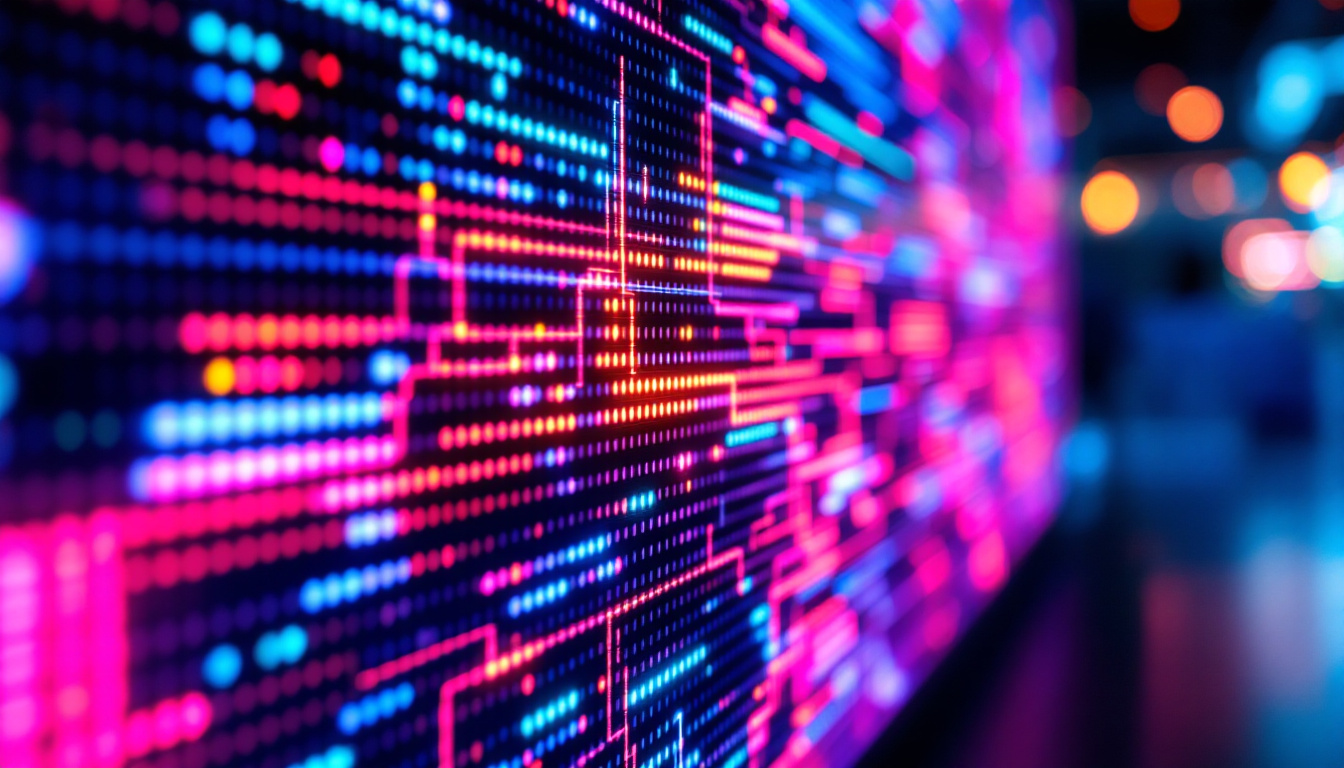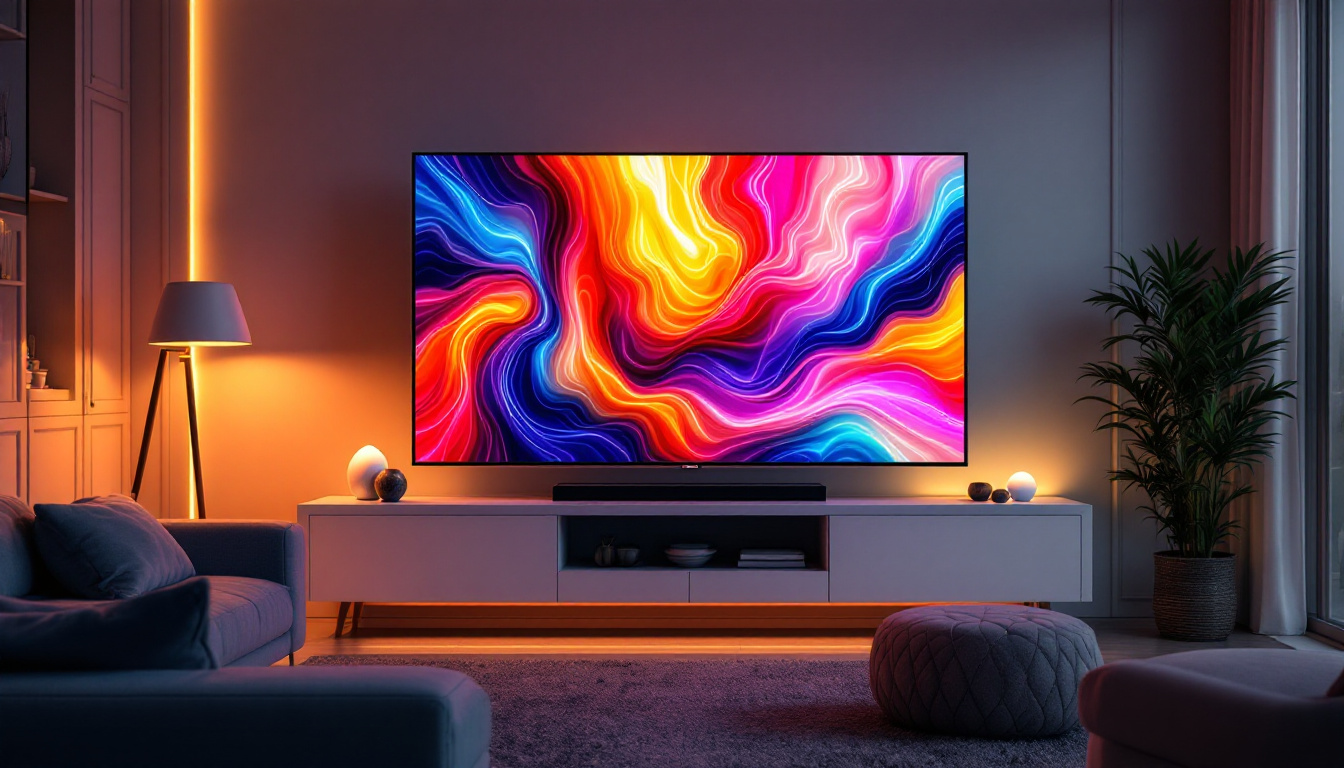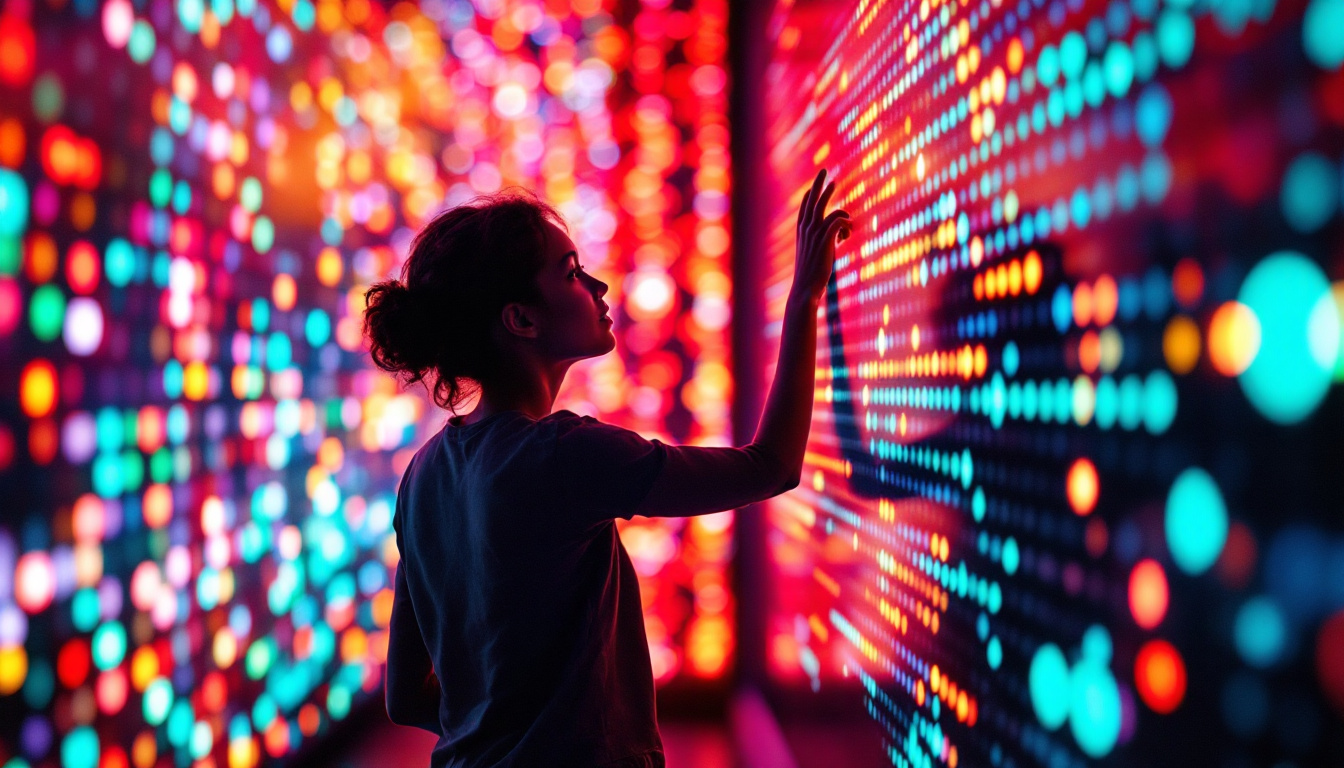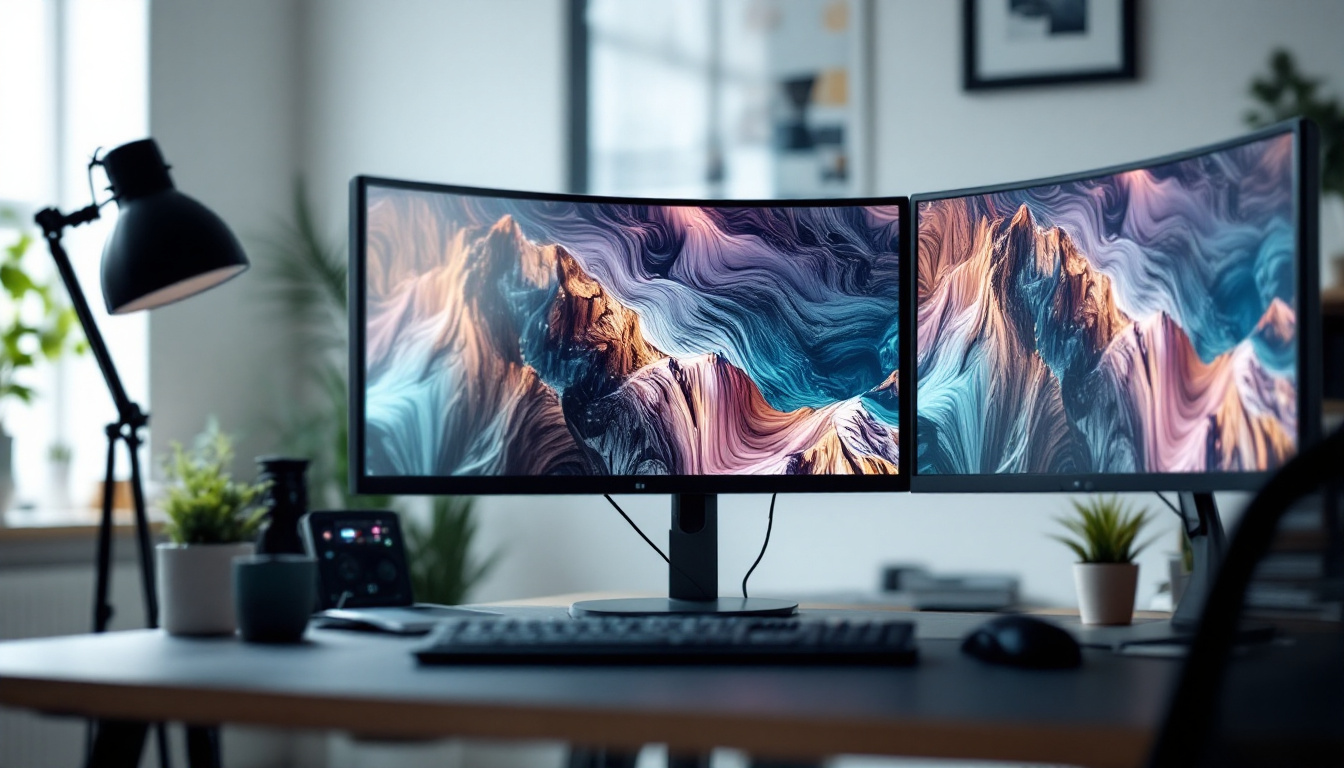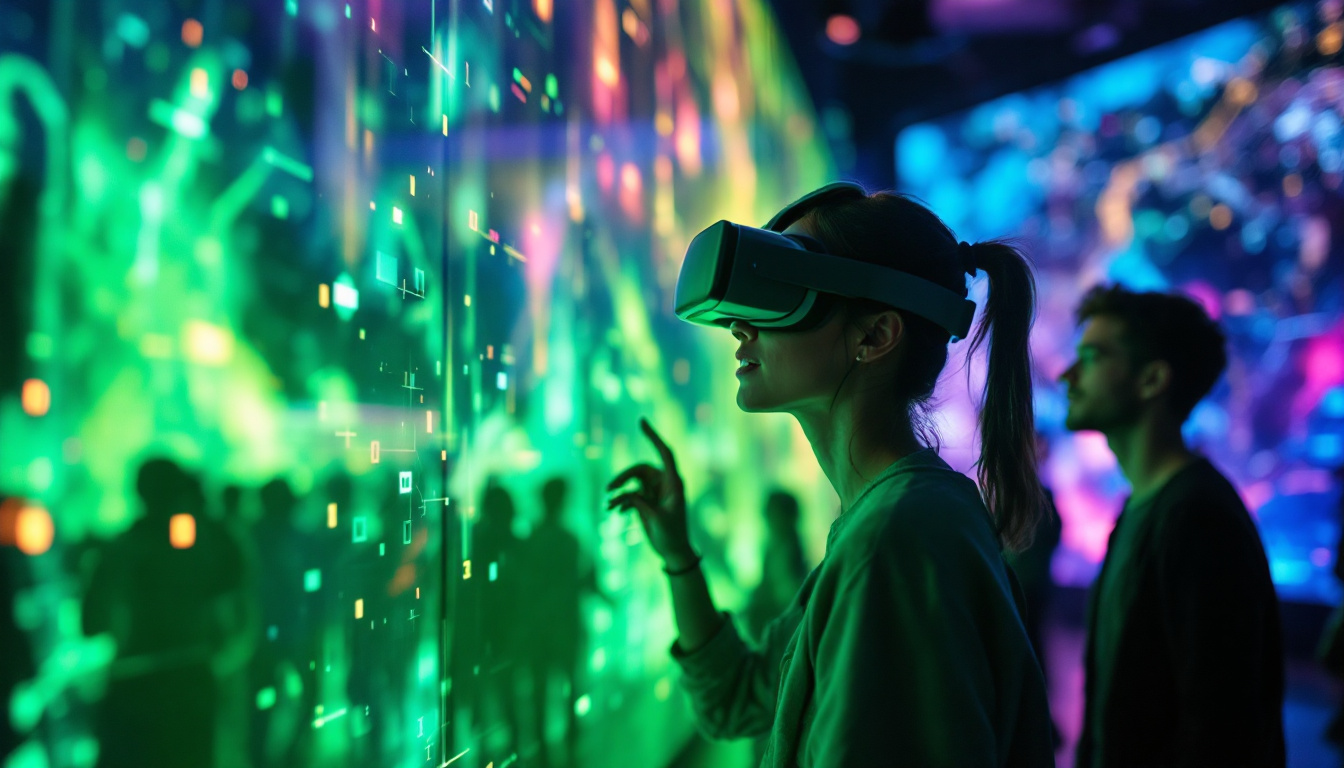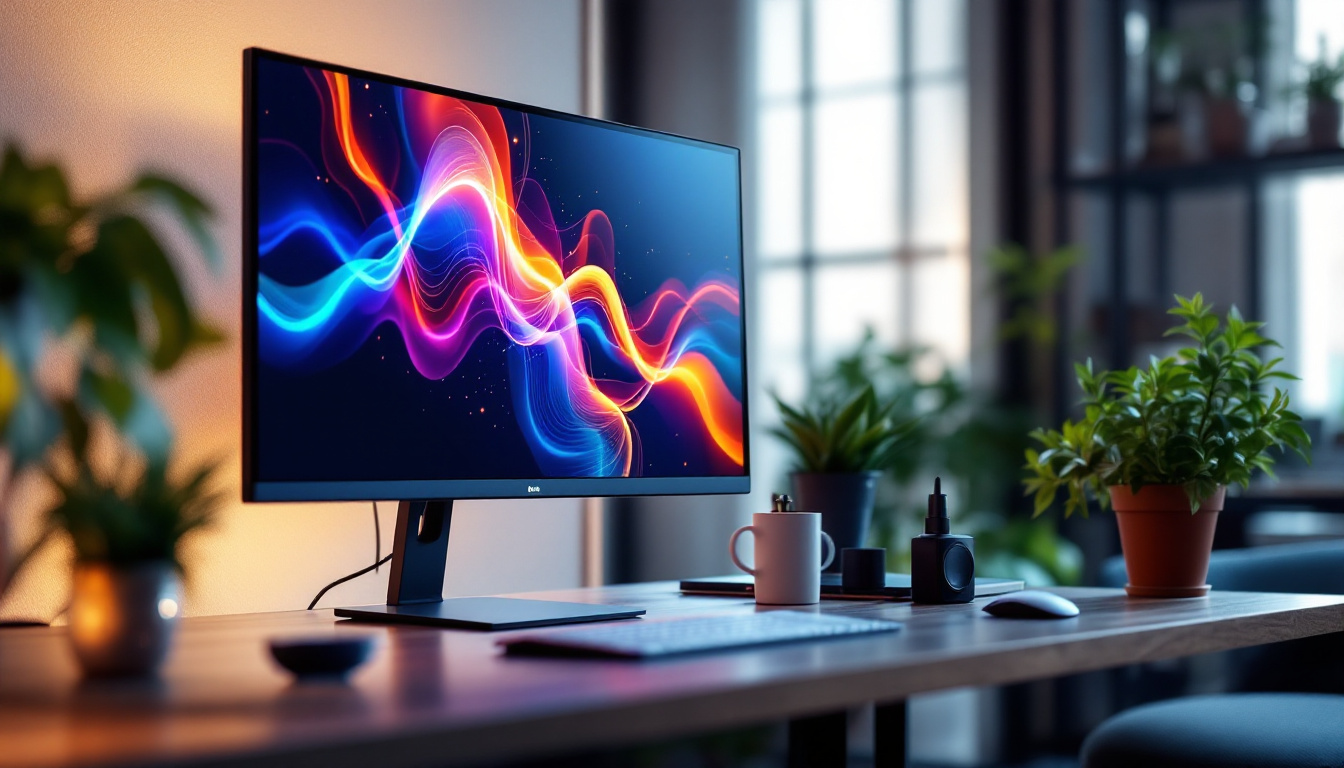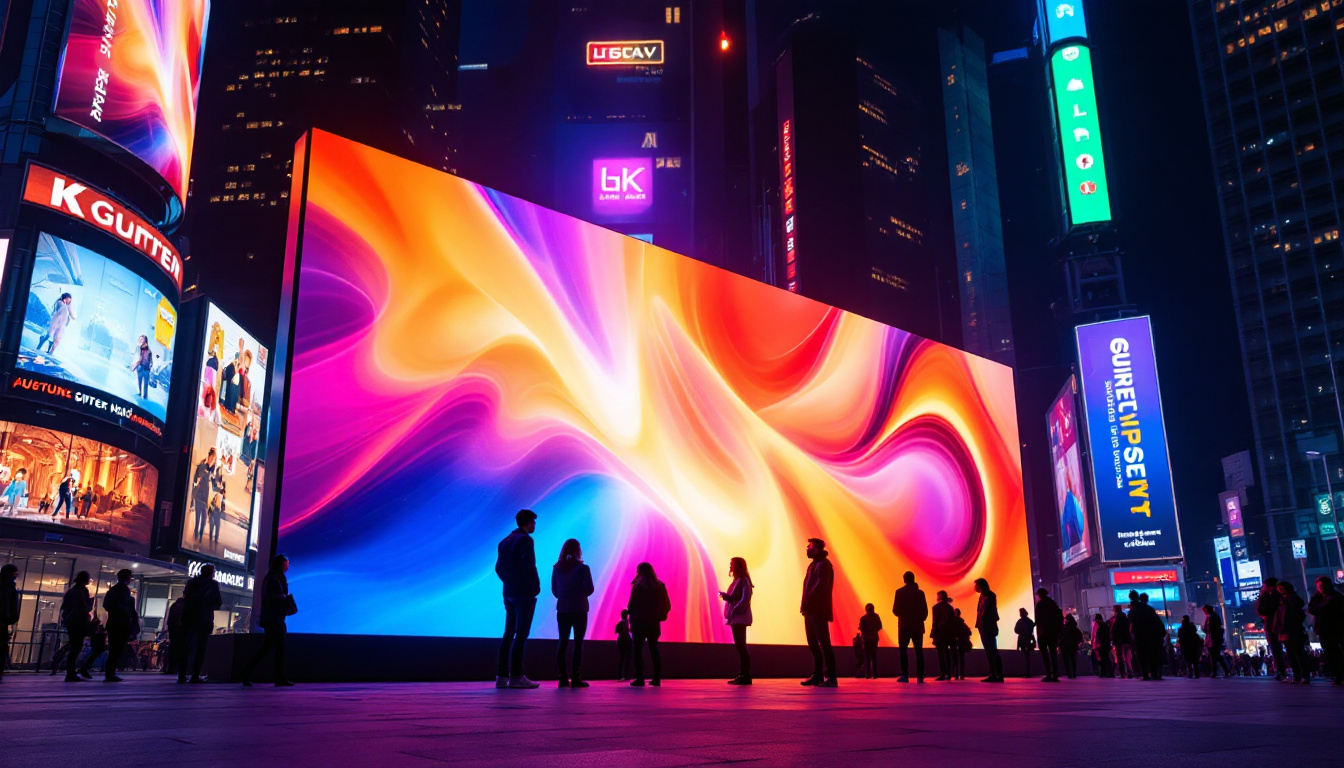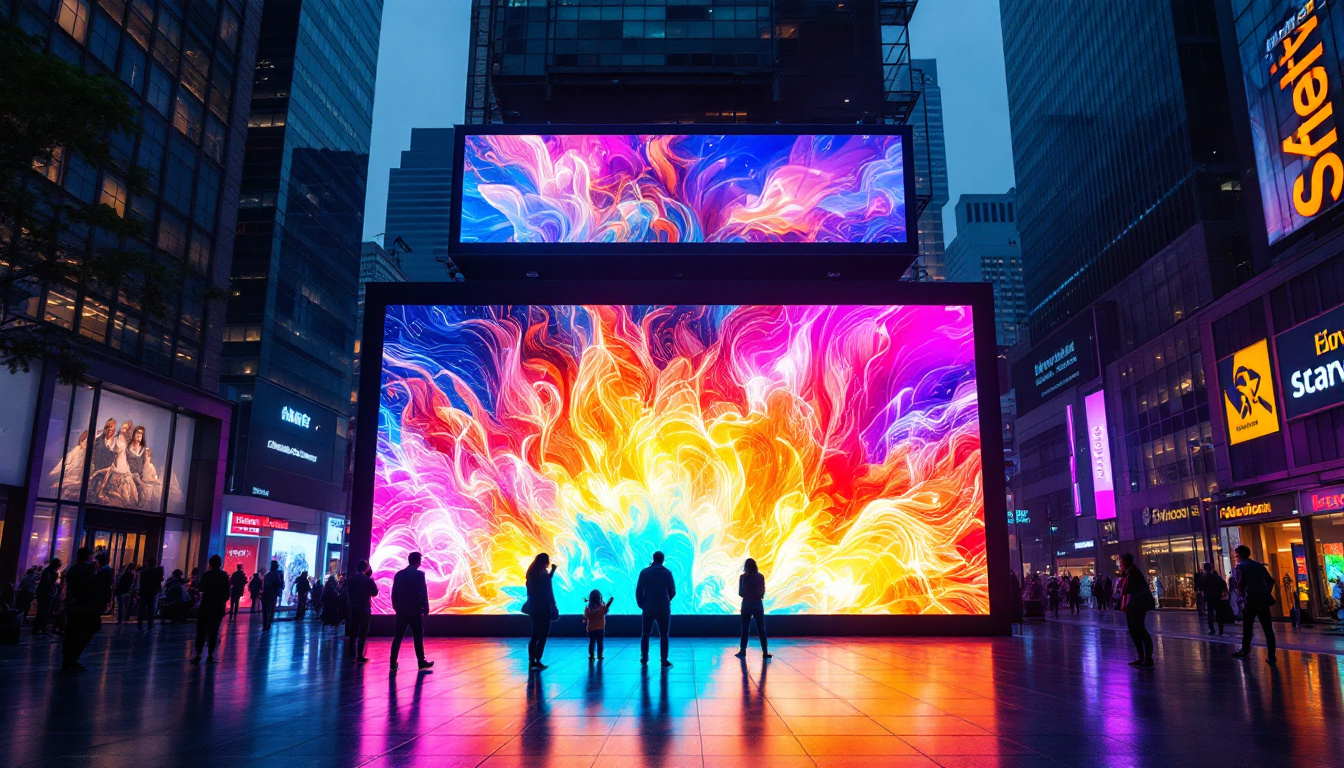In the rapidly evolving world of digital technology, LED displays have become an integral part of everyday life, from advertising billboards to wearable gadgets. Among these, small LED displays hold a special place due to their versatility, energy efficiency, and clarity. This article delves into the fundamentals of small LED displays, exploring their technology, applications, advantages, and future trends to provide a comprehensive understanding of this essential digital component.
Understanding Small LED Displays: Technology and Components
At its core, a small LED display is a flat panel that uses light-emitting diodes (LEDs) to present images, text, or video. Unlike traditional LCDs or OLEDs, LED displays rely on tiny semiconductor devices that emit light when an electric current passes through them. The “small” in small LED display typically refers to the physical size of the screen, often ranging from a few centimeters to around 15 inches diagonally, making them ideal for compact devices. These displays are commonly found in a variety of applications, from handheld gadgets to automotive dashboards, where space is at a premium and clarity is essential.
How LED Technology Works
LEDs are semiconductor diodes that emit light when energized. In a display, thousands of these LEDs are arranged in a matrix, each acting as a pixel or part of a pixel. The color and brightness of each LED can be controlled individually, allowing the display to produce vibrant images with high contrast ratios. For small LED displays, the LEDs can be monochrome (single color) or full-color, achieved by combining red, green, and blue LEDs in each pixel. This versatility enables designers to create displays that can convey complex information in an engaging manner, whether it’s a simple notification or a detailed graphic.
The control circuitry behind these displays is sophisticated, often involving microcontrollers or dedicated driver ICs that manage the timing, brightness, and color output of each LED. This precise control enables sharp images and smooth animations, even on very small screens. Additionally, advancements in technology have made it possible to integrate these control systems into compact form factors, allowing for even more innovative applications in wearable technology and IoT devices.
Types of Small LED Displays
Small LED displays come in various forms, primarily categorized by their pixel structure and intended use:
- Segment Displays: Commonly used in digital clocks and calculators, these displays use fixed segments to form numbers or letters. They are simple and cost-effective but limited in flexibility.
- Dot Matrix Displays: Consisting of a grid of LEDs, these displays can show a wide range of characters and simple graphics. They are popular in public transport signs and handheld devices.
- OLED and Micro-LED Displays: Though technically different, these small displays use LED technology at a microscopic scale to offer superior contrast and color accuracy, often found in high-end wearables and smartphones.
In addition to these types, small LED displays are also categorized by their application. For instance, outdoor LED displays are designed to withstand harsh weather conditions, featuring robust enclosures and higher brightness levels to ensure visibility in direct sunlight. Conversely, indoor displays prioritize color accuracy and resolution, making them suitable for environments like retail stores and exhibitions. The evolution of small LED displays continues to push the boundaries of design and functionality, as manufacturers explore new materials and technologies to enhance performance and reduce energy consumption.
Moreover, the integration of smart technology into small LED displays has opened up new avenues for interactivity. Touch-sensitive overlays and wireless connectivity allow users to engage with the display in innovative ways, transforming traditional static displays into dynamic, interactive experiences. This trend is particularly evident in the realm of advertising and information dissemination, where small LED displays can be programmed to adapt content in real-time based on audience engagement or environmental factors, creating a more personalized interaction.
Applications of Small LED Displays in Modern Devices
Small LED displays have become ubiquitous due to their adaptability and efficiency. Their applications span across various industries and consumer products, often serving as the primary interface for information display.
Wearable Technology
Smartwatches and fitness trackers rely heavily on small LED displays to deliver clear, readable information in a compact form factor. The energy efficiency of LEDs is crucial here, as it extends battery life while maintaining visibility in different lighting conditions. Many modern wearables use OLED or micro-LED technology to achieve vibrant colors and deep blacks, enhancing user experience. Furthermore, the integration of touch-sensitive LED displays allows for interactive features, enabling users to navigate menus and access applications with ease. This interactivity not only enriches the user experience but also encourages more frequent engagement with health and fitness tracking, making it easier for individuals to monitor their progress and stay motivated.
Consumer Electronics
From digital cameras to handheld gaming devices, small LED displays are essential for providing users with real-time information and interactive interfaces. For example, digital cameras use small LED screens as viewfinders or status displays, offering photographers immediate feedback on settings and captured images. In handheld gaming devices, these displays are crucial for rendering graphics and providing an immersive gaming experience. The advancements in display technology, such as higher refresh rates and improved color accuracy, have made it possible for gamers to enjoy smoother visuals and more lifelike graphics. Additionally, the compact nature of these displays allows for sleeker designs, making devices more portable and user-friendly, which is particularly important in a fast-paced, on-the-go lifestyle.
Industrial and Medical Equipment
In industrial settings, small LED displays are used in control panels, diagnostic devices, and instrumentation. Their durability and brightness make them suitable for environments where quick readability is critical. Similarly, medical devices utilize small LED displays to show vital statistics, ensuring that healthcare professionals can monitor patients efficiently. The reliability of LED technology is paramount in these settings, as any failure could lead to significant consequences. Moreover, the ability to customize these displays for specific applications allows industries to tailor the information presented, whether it be through color coding for alerts or varying brightness levels for different operational conditions. This adaptability not only enhances functionality but also improves safety and operational efficiency across various sectors.
Automotive Displays
Modern vehicles increasingly incorporate small LED displays in dashboards, infotainment systems, and heads-up displays. These screens provide drivers with essential information such as speed, navigation, and alerts, all while maintaining visibility under varying light conditions. The integration of advanced technologies, such as augmented reality, is also transforming how information is presented to drivers. For instance, heads-up displays can project navigation directions directly onto the windshield, allowing drivers to keep their eyes on the road while receiving critical information. Additionally, the customization of display settings enables drivers to adjust brightness and contrast based on their preferences and the ambient lighting, further enhancing safety and comfort during their journeys. As vehicles continue to evolve towards greater automation, the role of small LED displays in conveying information will only become more significant, ensuring that drivers remain informed and engaged.
Advantages of Small LED Displays Over Other Technologies
When compared to other display technologies like LCD or e-ink, small LED displays offer several distinct benefits that make them a preferred choice in many applications.
Energy Efficiency
LEDs consume significantly less power than traditional backlit LCDs because they emit light directly rather than relying on a separate backlight. This efficiency is particularly important for battery-powered devices, where extending operational time is a priority.
Brightness and Visibility
Small LED displays can achieve high brightness levels, making them easily readable in bright environments, including direct sunlight. Their ability to produce vivid colors and deep blacks enhances contrast and overall image quality, which is crucial for user interfaces that require quick information recognition.
Durability and Longevity
LEDs are solid-state devices with no fragile components like glass filters or liquid crystals, making small LED displays more resistant to shock, vibration, and temperature extremes. This robustness translates to longer device lifespans and reduced maintenance costs.
Fast Response Time
LED displays switch on and off much faster than LCDs, resulting in smoother animations and less motion blur. This characteristic is particularly beneficial for applications involving dynamic content such as gaming or real-time data monitoring.
Challenges and Limitations of Small LED Displays
Despite their many advantages, small LED displays are not without challenges. Understanding these limitations helps in making informed decisions when selecting display technology for specific applications.
Resolution Constraints
Due to the physical size of LEDs, achieving very high pixel density on small displays can be challenging and costly. While micro-LED technology is addressing this issue, traditional LED displays may not match the resolution quality of high-end LCD or OLED panels, especially for detailed graphics or text.
Manufacturing Complexity and Cost
Producing small LED displays with consistent quality requires precise manufacturing processes. The alignment and bonding of tiny LEDs demand advanced equipment, which can increase production costs. This factor sometimes limits their use to premium or specialized devices.
Color Accuracy and Uniformity
Ensuring uniform brightness and color across all LEDs in a small display can be difficult. Variations in LED performance and aging can lead to uneven color representation, which may affect user experience in applications where color fidelity is critical.
Future Trends in Small LED Display Technology
The future of small LED displays looks promising, with ongoing research and development aimed at overcoming current limitations and expanding their capabilities.
Micro-LED and Mini-LED Innovations
Micro-LED technology involves LEDs that are just a few micrometers in size, allowing for extremely high pixel densities and improved color accuracy. This advancement is expected to revolutionize small display markets, particularly in wearables and augmented reality devices, by combining the best features of OLED and traditional LEDs.
Flexible and Transparent Displays
Emerging flexible LED displays are enabling new form factors, such as curved or foldable screens, which can be integrated into clothing, accessories, or unconventional surfaces. Transparent LED displays also open up possibilities for heads-up displays and innovative retail signage.
Integration with IoT and Smart Devices
As the Internet of Things (IoT) ecosystem grows, small LED displays will play a critical role in providing real-time data and interactive interfaces on compact devices. Enhanced connectivity and smart control systems will allow these displays to adapt dynamically to user needs and environmental conditions.
Conclusion: The Essential Role of Small LED Displays
Small LED displays are a cornerstone of modern digital technology, offering a blend of efficiency, durability, and visual performance that suits a wide range of applications. From wearables and consumer electronics to industrial and automotive uses, their impact is profound and growing. While challenges remain, ongoing innovations promise to elevate small LED displays to new heights, making them even more integral to the devices that define contemporary life.
Understanding the technology behind small LED displays and their practical implications empowers designers, engineers, and consumers alike to make informed choices, ensuring that these luminous pixels continue to light the way forward in digital display technology.
Discover the Future of LED Displays with LumenMatrix
As you consider the vast potential and applications of small LED displays, LumenMatrix stands at the forefront of this technological evolution. Our commitment to innovation ensures that whether you’re looking to enhance brand visibility or create immersive visual experiences, our range of LED display modules—including Indoor, Outdoor, Vehicle, Poster, Sports, Floor, Custom, All-in-One, and Transparent LED Displays—will meet your needs. Embrace the future of visual communication with LumenMatrix and let us help you captivate your audience. Check out LumenMatrix LED Display Solutions today and see how our cutting-edge technology can transform your digital display strategy.

